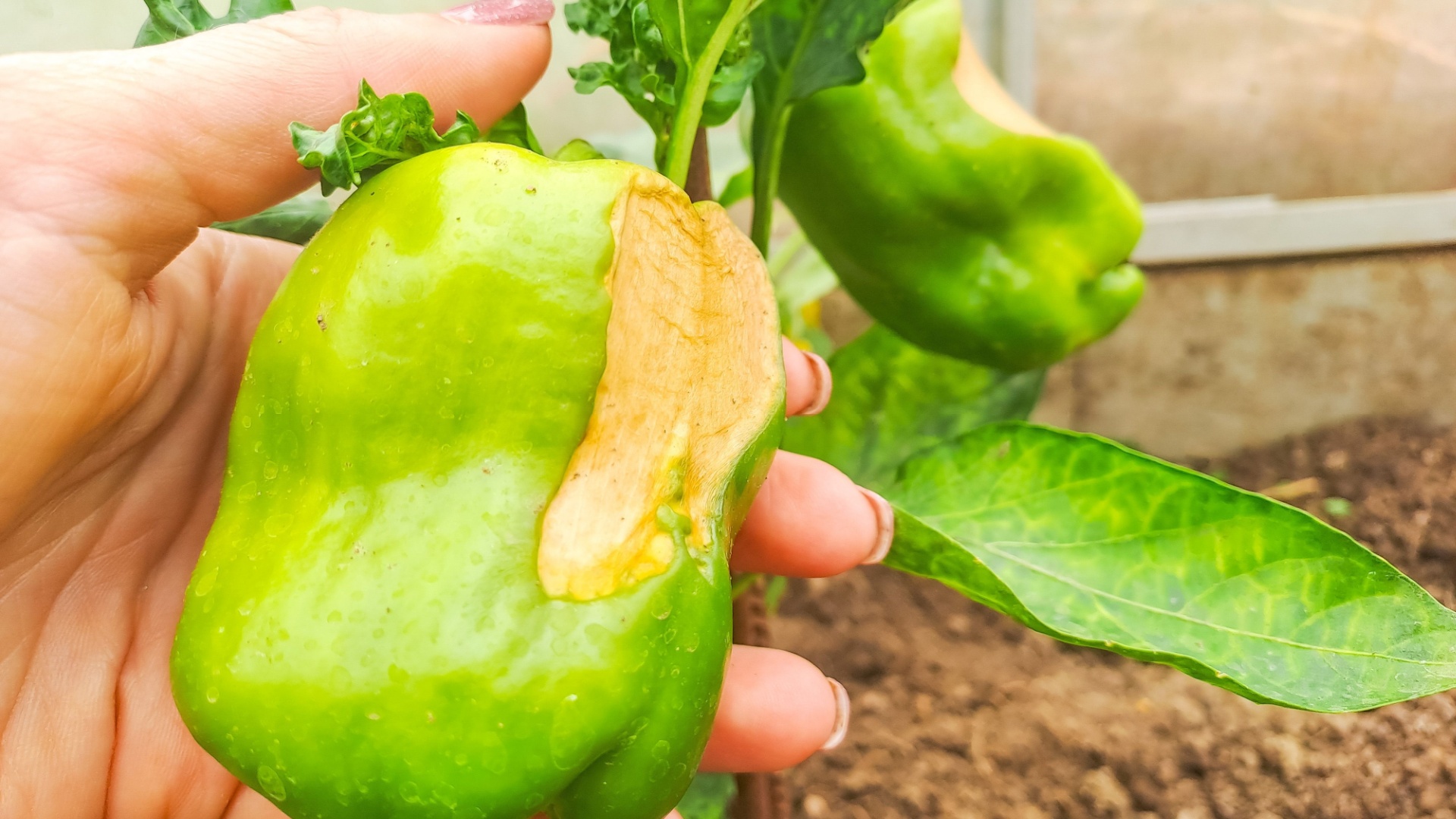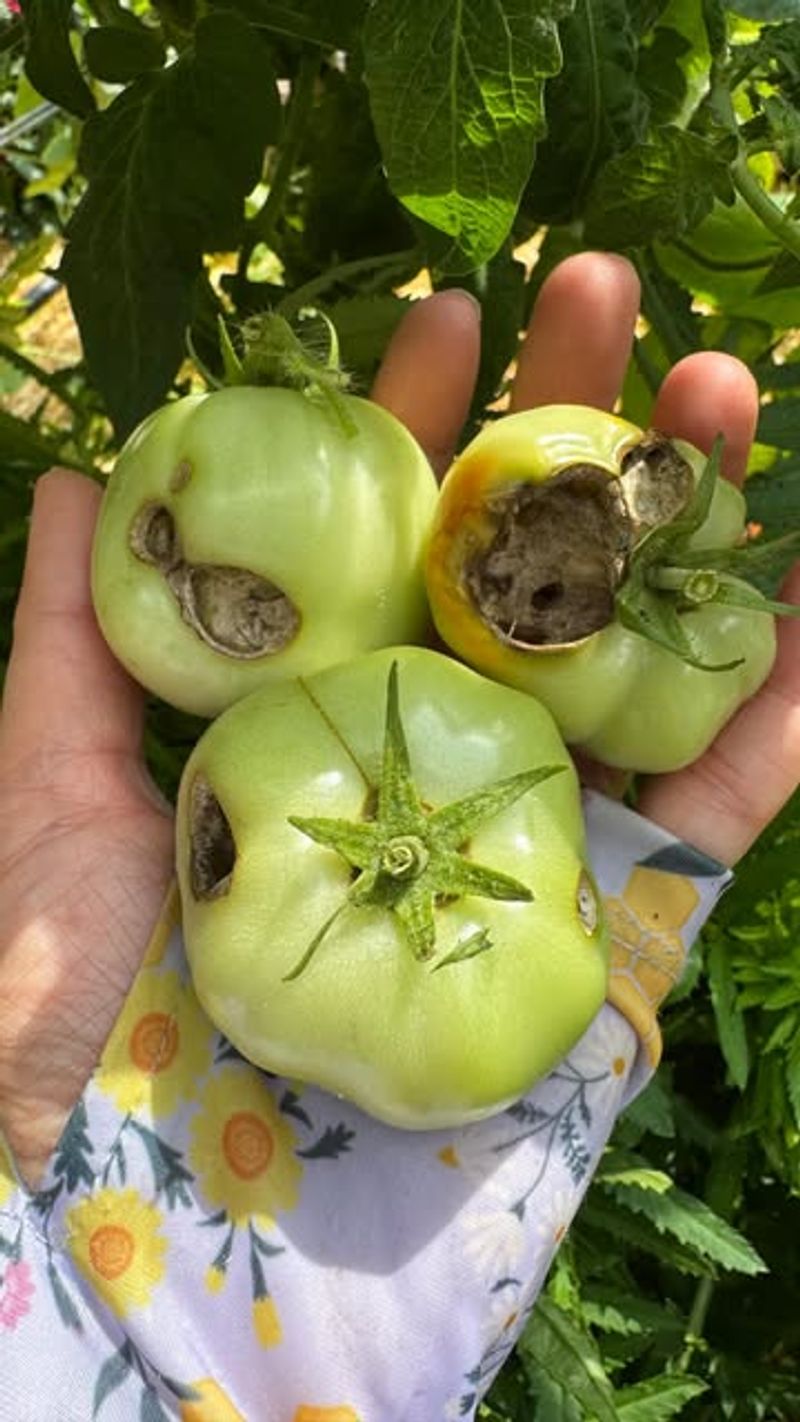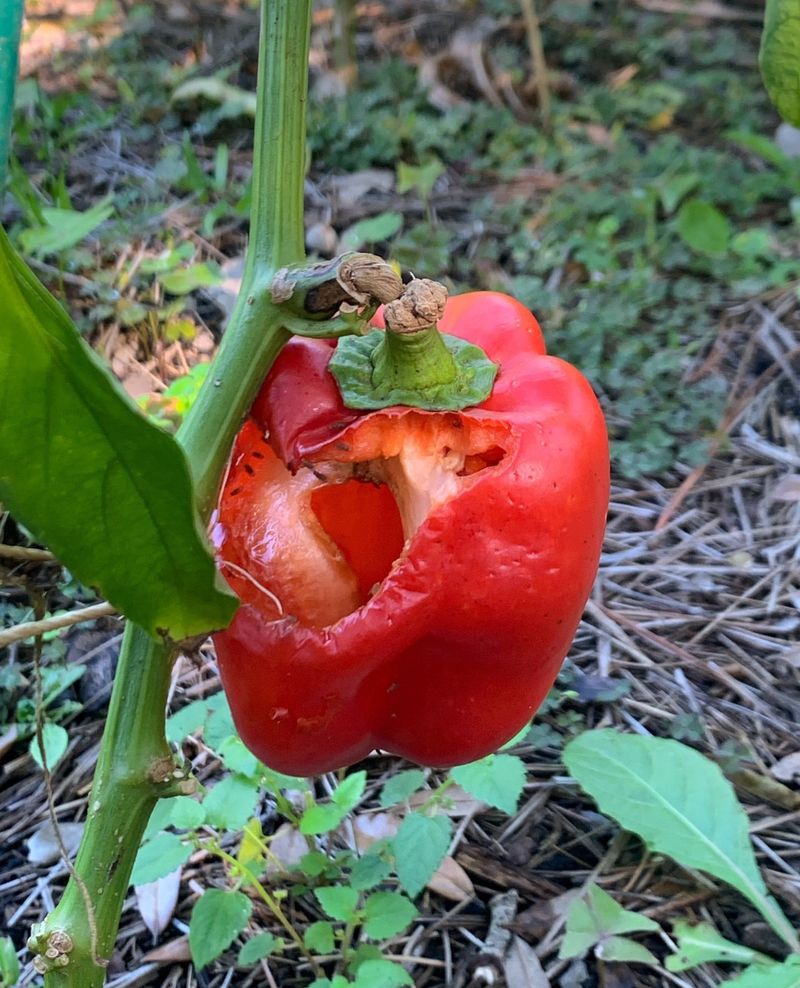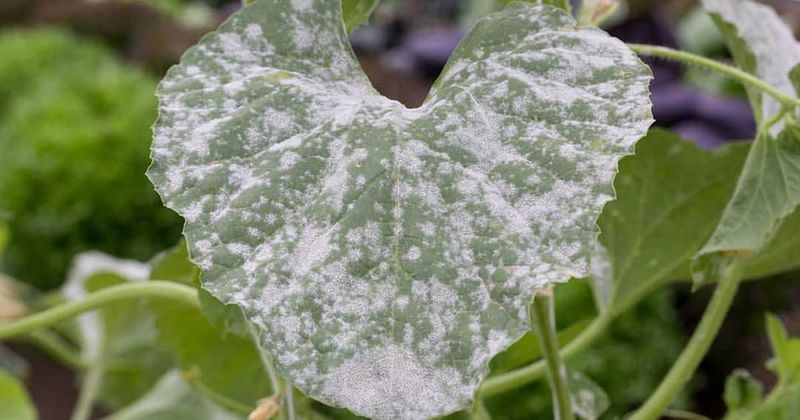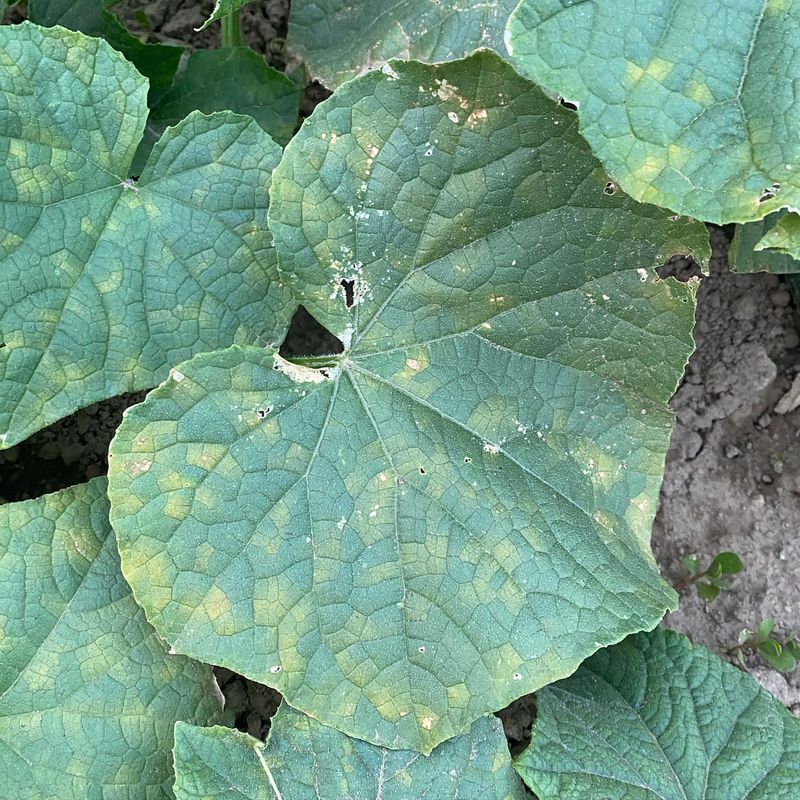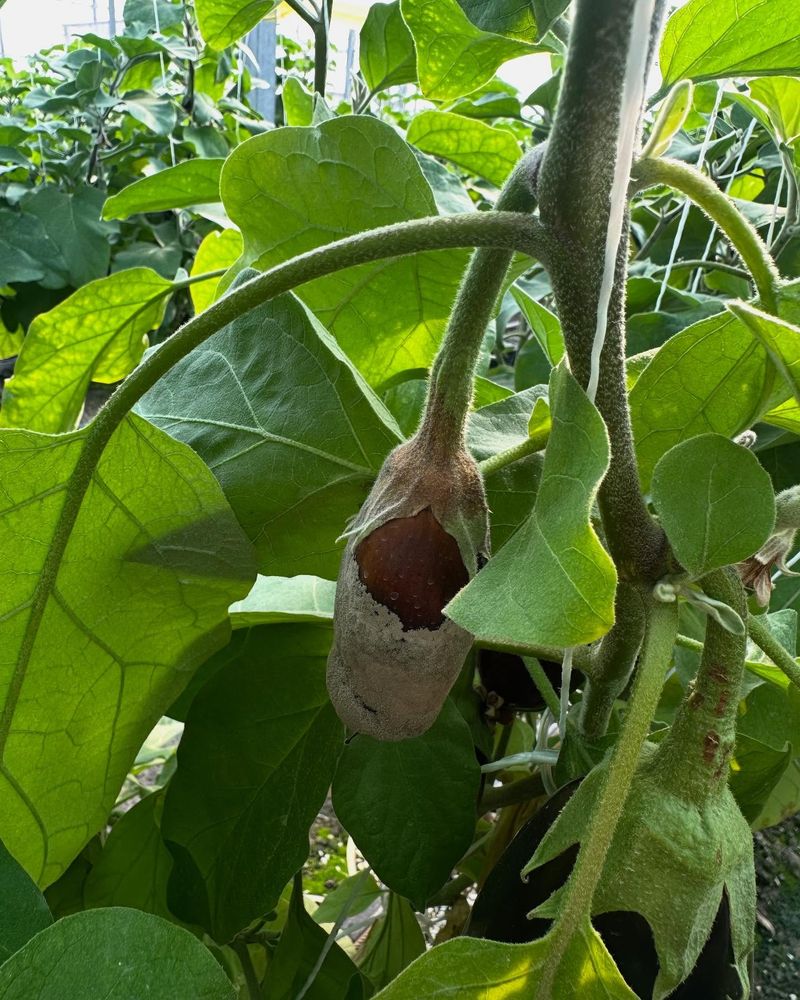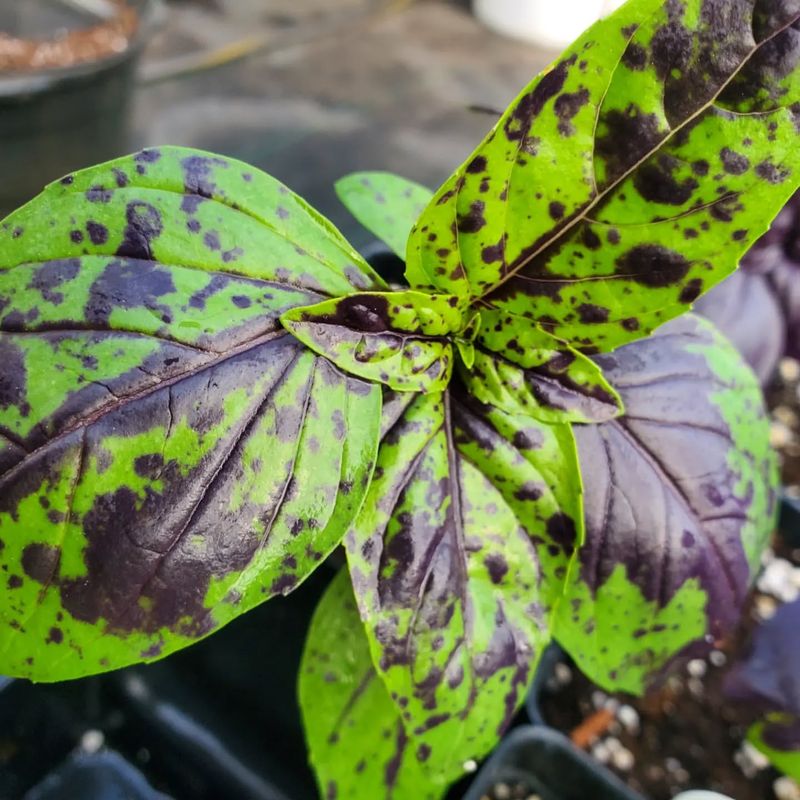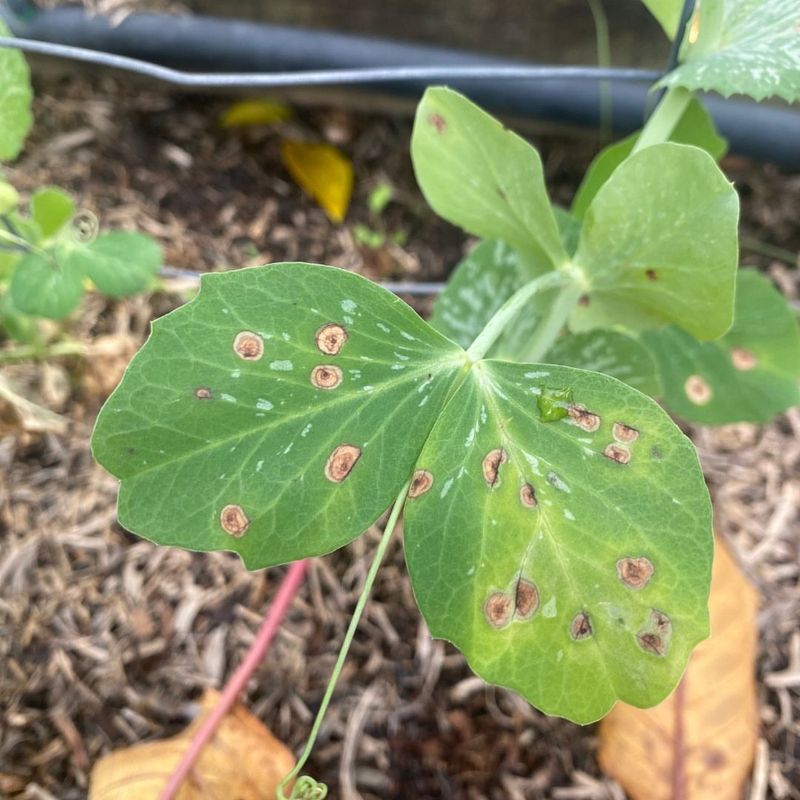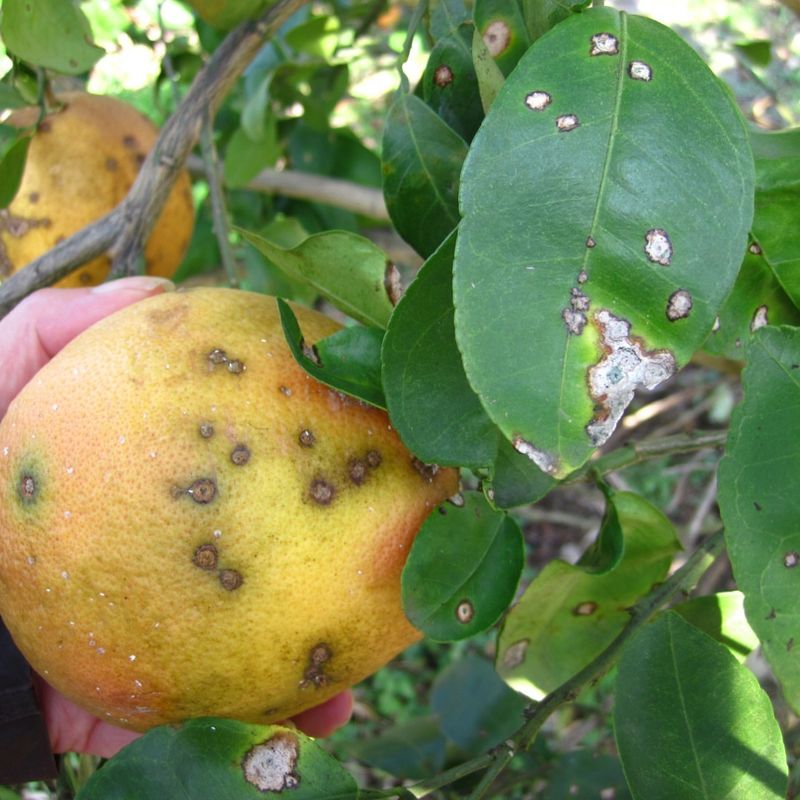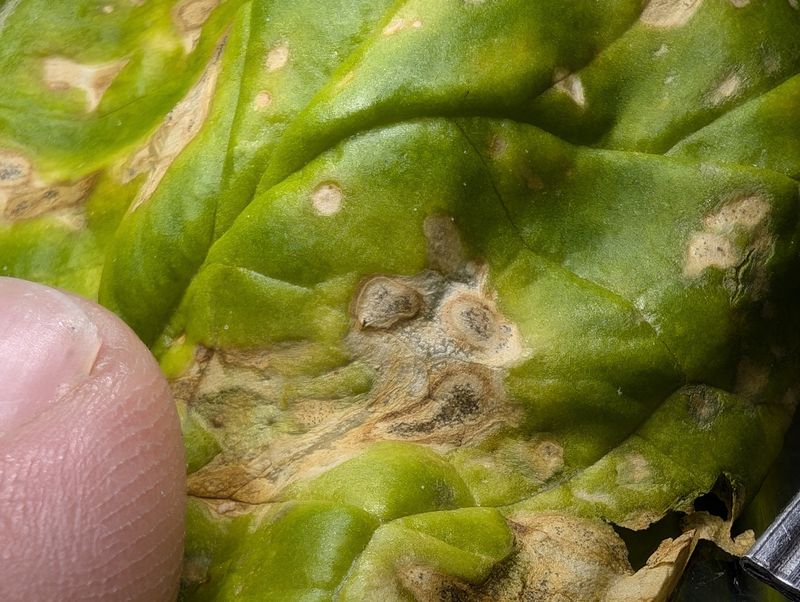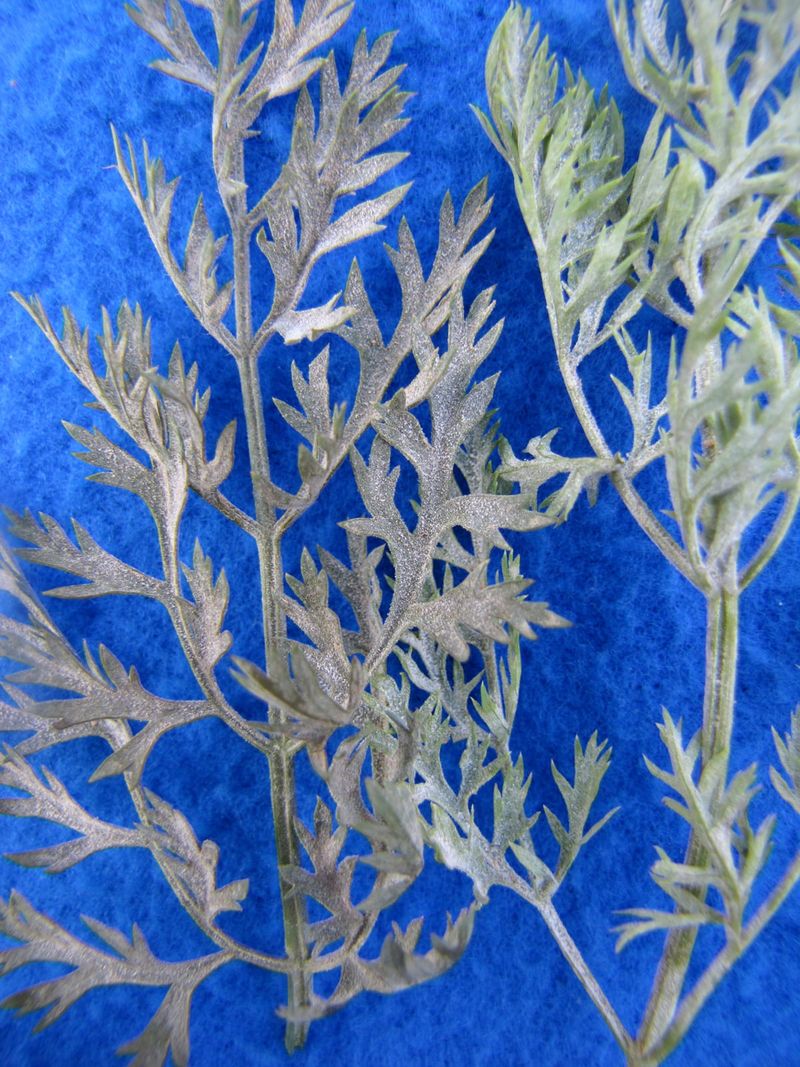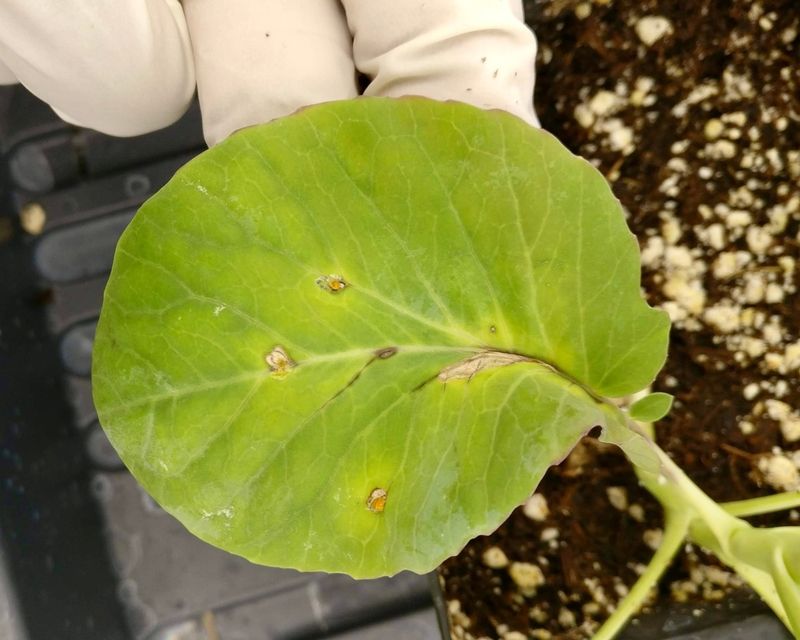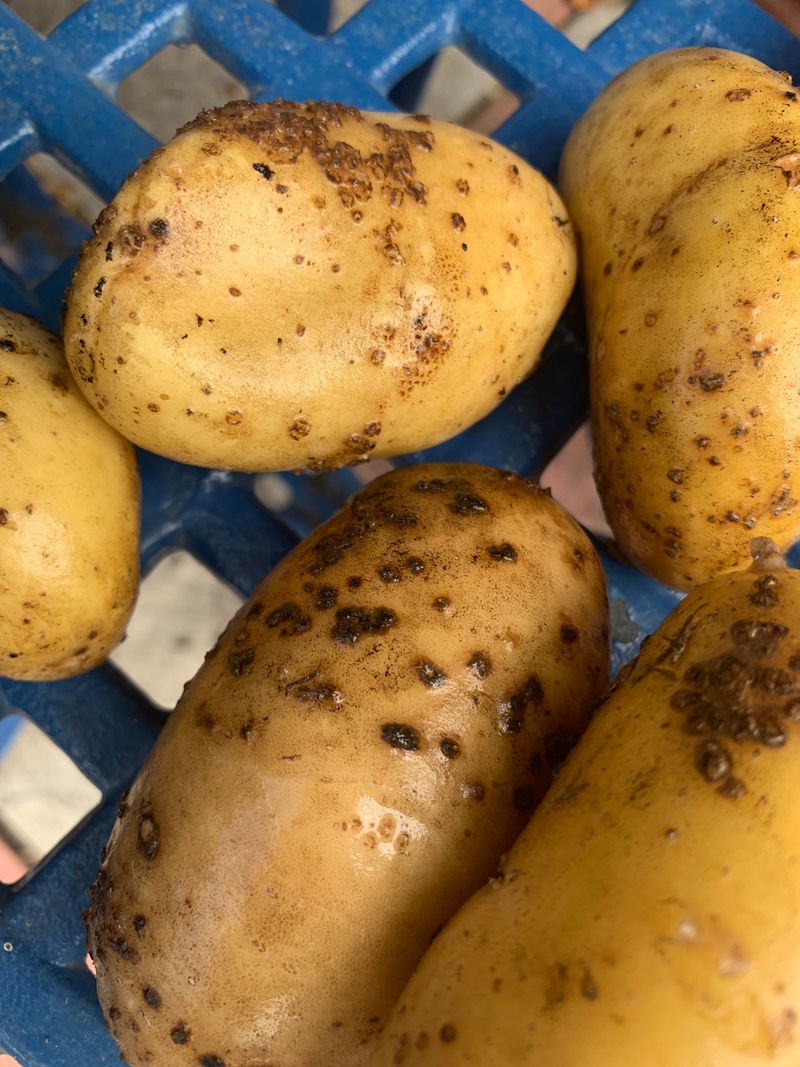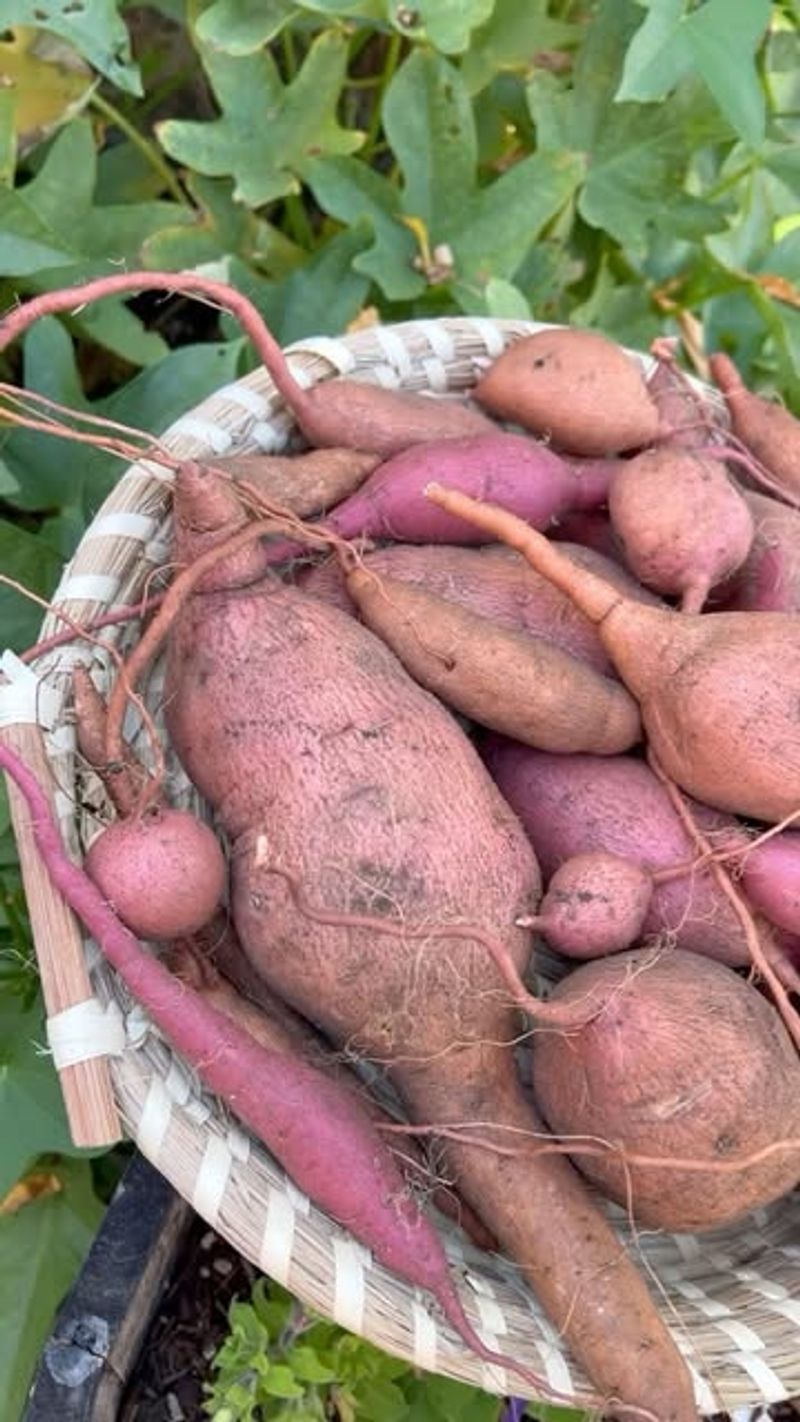Composting in Florida requires special attention as the hot, humid climate affects how plant materials break down. Late summer brings unique challenges for gardeners trying to maintain healthy compost piles.
Knowing which crops to keep out of your compost after August can prevent disease spread and pest problems in your garden.
1. Tomato Plants With Disease Spots
Late-season tomato plants often harbor fungal diseases like early blight or bacterial spot. These pathogens survive in Florida’s warm soil and can overwinter in your compost pile.
Home compost piles rarely reach temperatures high enough to kill these persistent diseases. Adding infected tomato plants to your bin creates a reservoir of problems for next season’s garden.
2. Pepper Plants With Fruit Rot
Pepper plants frequently develop anthracnose and other fruit rots by late summer in Florida. The humidity creates perfect conditions for these fungal problems to thrive and spread.
When composted, the spores remain viable and can contaminate your entire garden next season. Professional gardeners always discard these plants rather than risk spreading disease through their compost.
3. Squash Vines With Powdery Mildew
White powdery patches covering squash leaves signal a fungal infection that runs rampant in Florida’s late summer. The mildew spores easily survive in compost that doesn’t reach high temperatures.
Many gardeners make the mistake of tossing these vines into their bins. Unfortunately, this creates a cycle of reinfection when you use that compost next season, making this disease nearly impossible to escape.
4. Cucumber Plants With Downy Mildew
Downy mildew appears as yellow angular spots on cucumber leaves, eventually turning brown. By August in Florida, this disease has usually taken hold and spread throughout cucumber patches.
The pathogen responsible produces spores that can survive Florida’s mild winters in compost piles. Smart gardeners bag these plants separately and dispose of them with household trash to break the disease cycle.
5. Watermelon Vines With Bacterial Wilt
Bacterial wilt causes watermelon vines to collapse suddenly in Florida’s late summer heat. The bacteria responsible enter through cucumber beetle feeding wounds and quickly spread throughout the plant.
Even after composting, these bacteria can persist and infect next year’s crops. The telltale sign is the sticky bacterial ooze that forms when you cut the stem – a clear warning to keep these plants out of your compost pile.
6. Eggplant With Verticillium Wilt
Verticillium wilt fungus loves Florida’s warm soils and causes eggplants to wilt despite adequate watering. The characteristic V-shaped yellowing on lower leaves is unmistakable by August.
This soil-borne fungus produces microscopic structures that survive for years. Home composting won’t generate enough heat to destroy them, creating a persistent problem if these plants end up in your compost bin.
7. Sweet Corn Stalks With Rust
Rust-covered corn stalks are a common sight in Florida gardens by late summer. The orange-brown pustules contain thousands of fungal spores ready to infect future crops.
While commercial operations might hot-compost these materials, home composters should avoid them. The spores easily survive in cooler compost piles and can spread to ornamental grasses and other plants in your landscape.
8. Okra Plants With Root-Knot Nematodes
Okra roots often develop telltale knots and galls from nematode infestation by August in Florida. These microscopic worms thrive in sandy soils and warm conditions.
Adding affected plants to compost spreads these pests throughout your garden. The nematodes can survive winter in Florida’s mild climate and attack dozens of vegetable crops next season, making them particularly troublesome garden invaders.
9. Basil With Fusarium Wilt
Florida’s beloved basil often succumbs to Fusarium wilt by late summer. Plants suddenly collapse with brown stems and wilted leaves despite regular watering.
The fungus responsible produces spores that survive for years in garden soil and compost. Even a small amount of infected material can contaminate an entire compost pile, creating problems for future herb gardens.
10. Bean Plants With Rust Spots
Bean rust appears as orange-brown pustules on leaves and pods by August in Florida gardens. The humid conditions make this fungal disease particularly aggressive on late-season plants.
Gardeners often mistakenly think composting will destroy the spores. Unfortunately, most home compost piles never reach temperatures high enough to kill these resilient fungal structures, creating ongoing problems for future bean crops.
11. Strawberry Plants With Anthracnose
Strawberry plants often develop black, sunken lesions on fruits and runners by late summer in Florida. This anthracnose fungus thrives in warm, moist conditions typical of August weather.
Adding infected plants to compost creates a reservoir of disease. The fungal spores can survive Florida’s mild winters and attack next season’s berries, creating a frustrating cycle of crop failure for home gardeners.
12. Citrus Leaves With Canker
Citrus canker causes raised, corky lesions on leaves and fruits of backyard citrus trees. By August, this bacterial disease is often widespread in Florida gardens due to summer rainstorms splashing bacteria.
The bacteria can survive in composted materials and spread to healthy trees. Florida’s regulations actually prohibit composting infected citrus materials, requiring proper disposal to prevent this serious disease from spreading.
13. Lettuce With Bottom Rot
Late-summer lettuce in Florida often develops slimy brown rot at the base where leaves touch the soil. This Rhizoctonia fungus thrives in warm, humid conditions and quickly destroys crops.
The fungus produces hardy structures that easily survive in compost. Professional growers always remove these plants from fields rather than composting them, preventing the disease from becoming established in garden soil.
14. Carrot Tops With Leaf Blight
Carrot leaf blight causes brown, irregular spots on carrot tops by August in Florida gardens. The fungus responsible produces thousands of spores that spread easily in humid conditions.
While the carrots themselves might be edible, the tops should never go into compost. The fungal spores survive the composting process and can infect not just carrots but also related plants like parsley and celery in future plantings.
15. Brassicas With Black Rot
Cabbage, broccoli and other brassicas often develop V-shaped yellow lesions on leaf edges by August. This bacterial black rot thrives in Florida’s warm, wet conditions and quickly spreads throughout garden beds.
The bacteria responsible can survive for years in plant debris and compost. Commercial growers destroy affected plants rather than risk spreading this devastating disease that can wipe out entire crops of cabbage family vegetables.
16. Onions With Pink Root
Pink root disease turns onion roots a distinctive pinkish-purple color by harvest time in late summer. The fungus responsible loves Florida’s warm soils and can devastate entire onion patches.
Adding infected onions to compost creates a long-term problem. The fungal spores survive for years in soil and compost, affecting not just onions but also garlic and other alliums planted in the same area.
17. Potatoes With Scab Lesions
Potato scab creates corky, rough patches on tuber skins by harvest time. This bacterial disease thrives in Florida’s sandy soils, especially when conditions are dry during tuber formation.
While affected potatoes remain edible, the peels should never go into compost. The bacteria can survive for years in soil and compost, making future potato crops increasingly difficult to grow without serious cosmetic damage.
18. Sweet Potatoes With Root Rot
Black, soft spots on sweet potatoes signal dangerous root rot fungi that thrive in Florida’s humid conditions. By August, these infections have often spread throughout storage roots.
Composting these diseased tubers introduces persistent fungal spores into your garden. Even small pieces can harbor enough fungus to infect future crops, creating an ongoing battle with this difficult-to-control disease in Florida’s challenging growing conditions.

